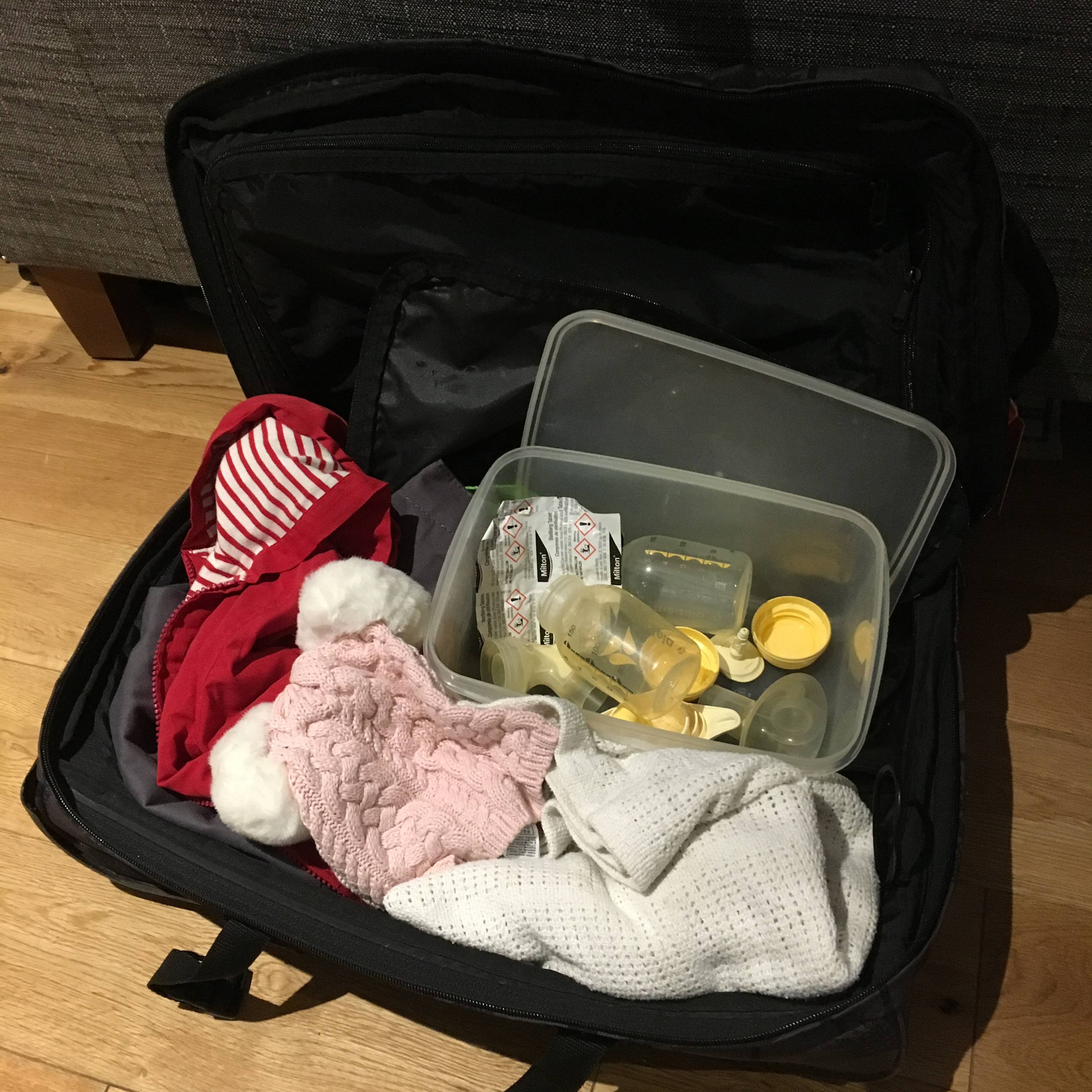The National Health Service recommends sterilising any feeding or expressing equipment that comes into contact with milk until your baby is a year old. So if you do any bottle feeding at all and are planning on spending time away from home with your baby before she turns one, you’ll need to invest in some travel sterilising equipment. Electric sterilisers aren’t exactly luggage friendly.
Even if you’re not planning on doing any bottle feeding at all, it’s a sensible precaution to take feeding and travel sterilising equipment and a couple of bottles of ready-mixed formula away with you if you’re travelling with an unweaned baby, particularly somewhere remote. In the unlikely event that something happens to get in the way of breastfeeding, you’ll want an alternative way of getting some milk down her.
The old-fashioned way
If you’re staying somewhere with a kitchen, boiling the bottles and other feeding and expressing gear in a saucepan on the stove is a good solution that doesn’t require any extra kit. Make sure there’s enough water to cover all the bits and pieces, check that there are no air bubbles trapped, and boil for five minutes. If you put the bottles together with their teats and lids and keep them in a clean container they’ll stay sterile for up to 24 hours.
Microwave sterilising
If you have access to a microwave (not all hotel rooms have them but it’s worth asking staff if there’s one you can use as and when), reusable microwave steamer bags are a quick and easy way to sterilise your baby’s things away from home. Different brands vary so follow the instructions on the packaging.
Microwave steamer bags can also come in handy out and about, with some service stations and museum cafes providing microwaves for use by the public.
Cold water travel sterilising

A more labour-intensive route, though one which doesn’t require access to a stove or microwave, is cold water sterilising. There are two options available – tablets and fluid – and which one is best for you will depend on the circumstances of your trip.
They work in the same way: you make a solution and submerge your clean feeding equipment, again ensuring there are no air bubbles. The equipment is ready to use after the time specified on the packaging (15-30 minutes usually); there’s no need to rinse it, just shake off the excess solution. The items will stay sterile if left in the solution for up to 24 hours; after that point you have to make a fresh batch.
The tablets are extremely light and take up no space in your luggage but are less convenient to use. Each tablet is designed to be dissolved in a specific quantity of water (which varies brand to brand) so if you don’t have a container large enough you’ll need to do some sums and split the tablets accordingly. The fluid is heavier in your luggage but it’s easier to measure out the exact quantity you need.
Whether you opt for fluid or tablets, pack a Tupperware box big enough for your requirements, measuring how much it holds before you travel (pack a lid too – the solution can bleach fabrics so you don’t want it splashing around). You’ll also need a bottle brush and washing up liquid to clean the feeding equipment before you sterilise it.
Pre-sterilised bottles and liners
For those situations where all the above methods of travel sterilising are impossible – on a long-haul flight, for example – pre-sterilised bottles or liners and teats are a convenient solution. They’re wasteful and it’s an expensive way of doing things, but sometimes needs must.

